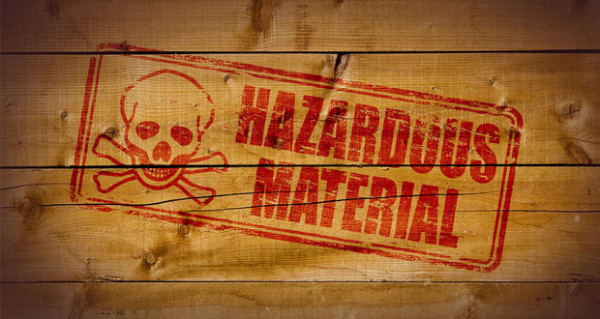You are an executive working intently in your office when your assistant calls and informs you that a disgruntled ex-employee has shown up at the facility with a weapon and is threatening violence. Will you know what to do, or better yet, what not to do?
Workplace violence can be defined as any act that creates intimidating, hostile, and offensive or a threatening work environment through unwelcome words, actions or physical contact. As we have seen on multiple occasions, workplace violence and active shooter occurrences have been on a steady incline in this country. Are you and your company prepared?
There are two types of workplace violence that need to be taken into consideration. First is the external variety – criminal activity from a non-employee, client or customer. Second is the internal variety of a problem employee, employee personal relationship, hostile individual due to disciplinary actions or a facility closing. Be prepared by taking some very easy measures:
- Have a  written policy that is known throughout your organization
- Take the position of ‘no tolerance’ for this activity
- Train employees and provide ongoing training
- Make sure your plan protects first, then concentrates on compliance
- Understand and effectively communicate the legal implications
The potential deadly situations are reasonably foreseeable and this should be the standard used for compliance and determination of liability. Understand what data you need to assist in the prevention of workplace violence. You not only have a legal responsibility but the obligation to your workforce. Negligent hiring, high-risk terminations, retention, security, and poor training open you and your organization to the possibility of a workplace violence incident. Human resources plays a key role in your workplace violence plan through effective pre-employment screening, establishing discrete communications channels, an Employee Assistance Program and coordination with your security personnel regarding response plans.
Do not allow yourself to make these five critical mistakes:
- Denial and avoidance
- Not having a threat response plan
- Acting too hastily
- Lack of total workforce participation
- Insufficient assessment process
Coordinate a case assessment team and make sure they understand their purpose, make-up, objectives, and documentation measures. The need to recognize the behavioral warning signs that signal potential trouble and that evaluation of behavior is not ‘profiling’.
Protective measures include:
- A facility security audit
- Obtaining local crime statistics
- Recording a history of incidents
- Personnel training
- General security awareness training
- An established liaison with local law enforcement.
Remember, ignorance does not relieve an organization of responsibility. In summation, an organization has a Duty of Care responsibility to their employees and must plan, train, recognize, manage and respond to this growing problem within the business community.
For more:Â http://bit.ly/1XAJN02















